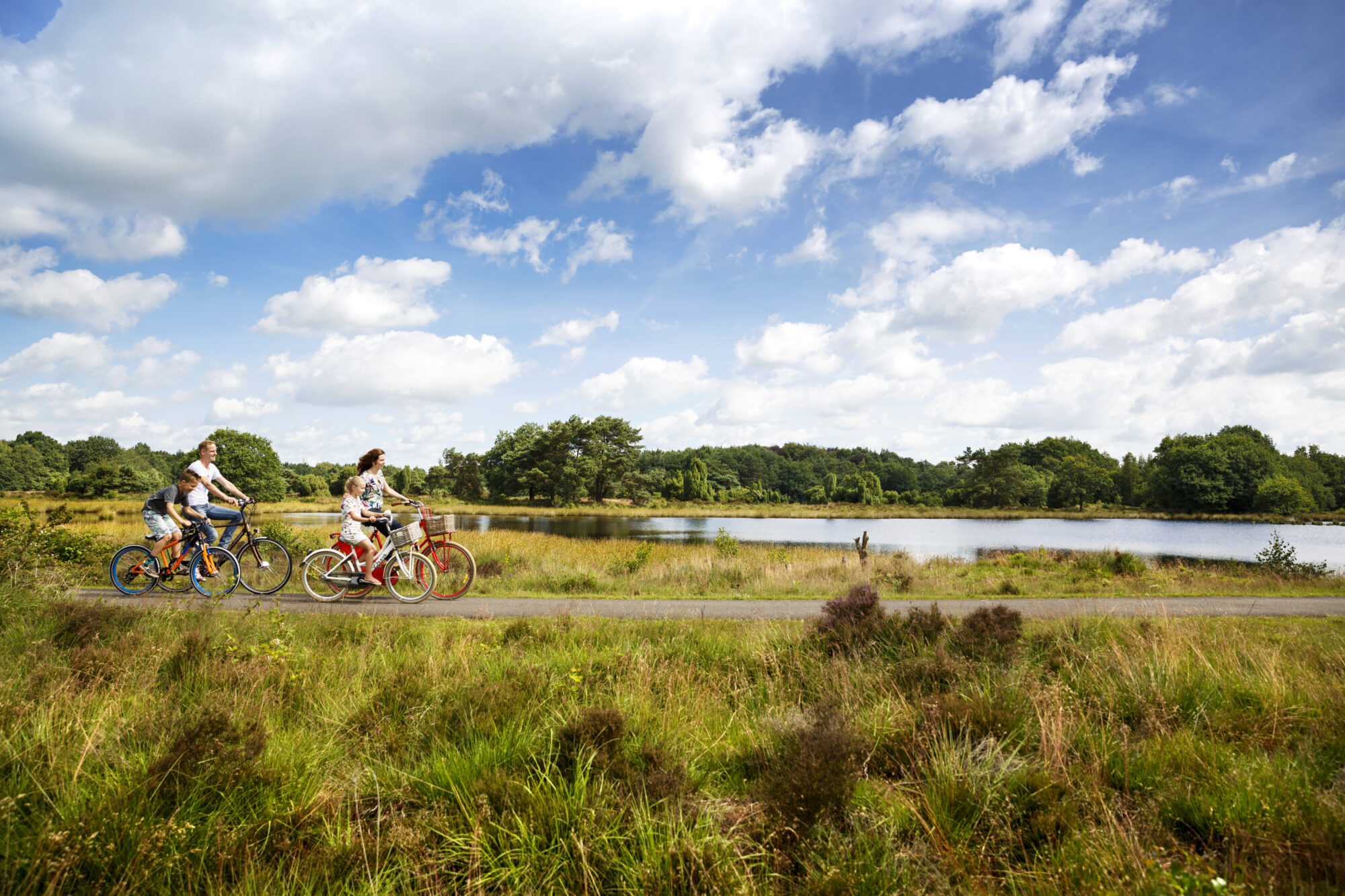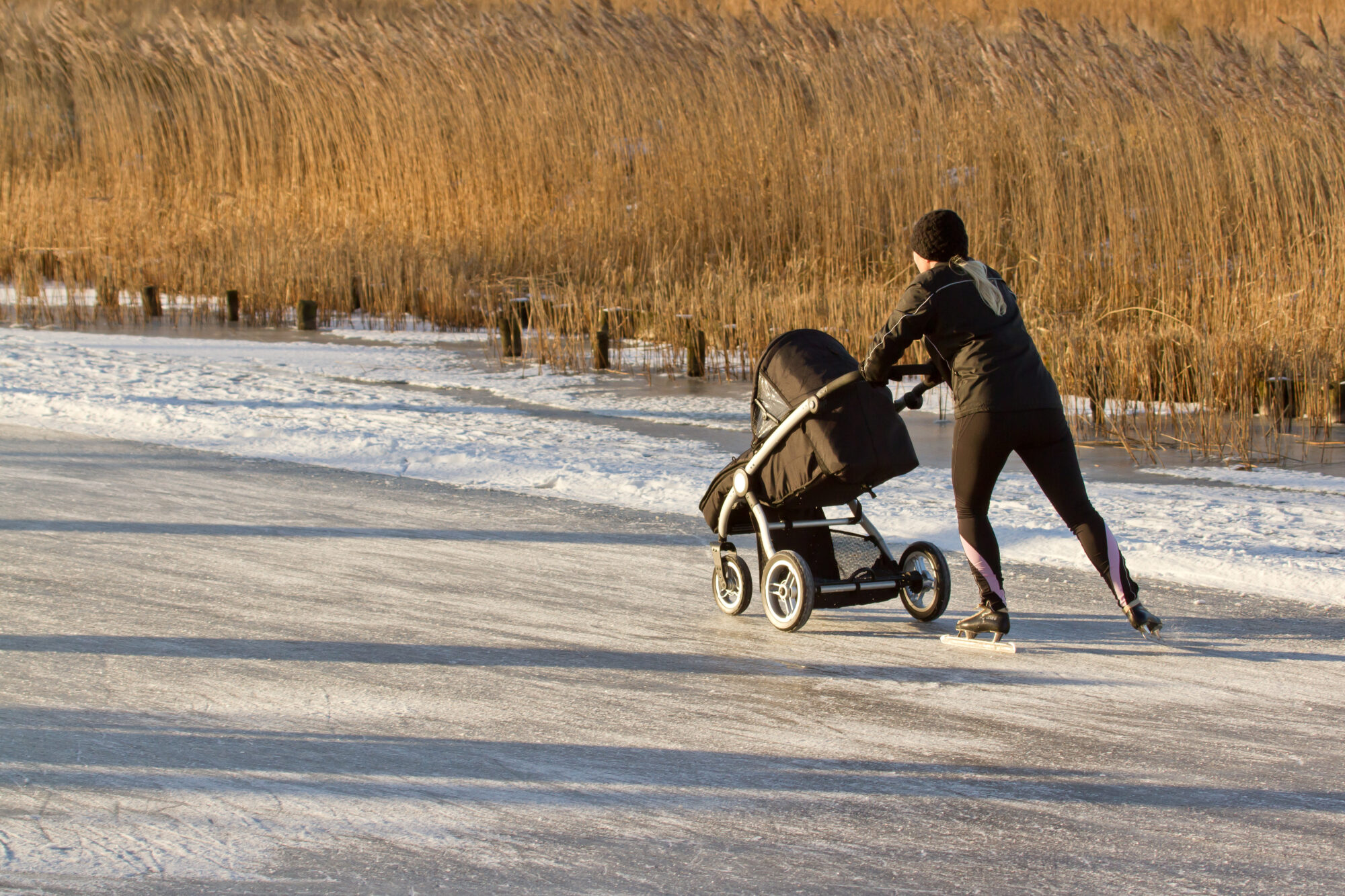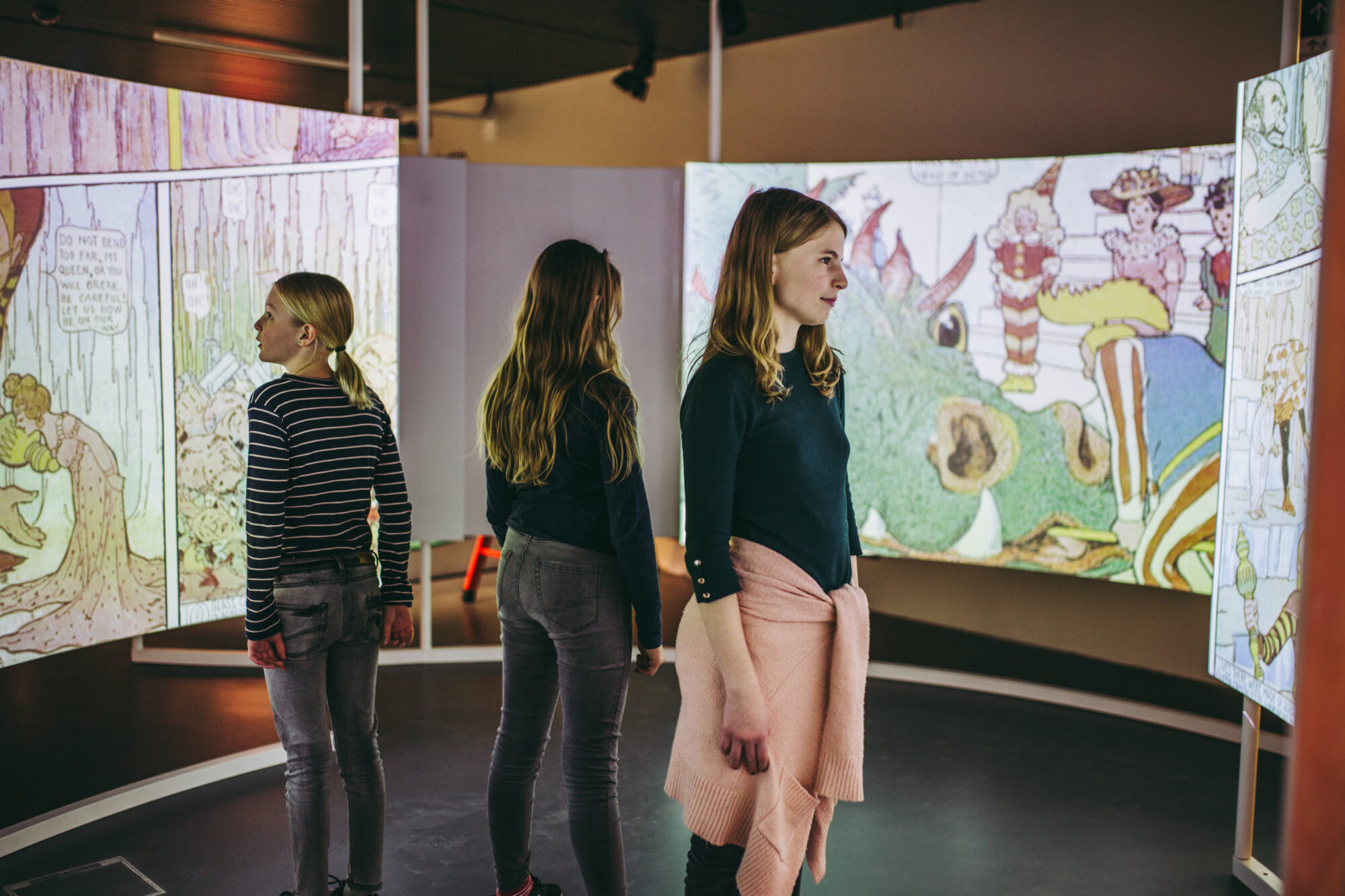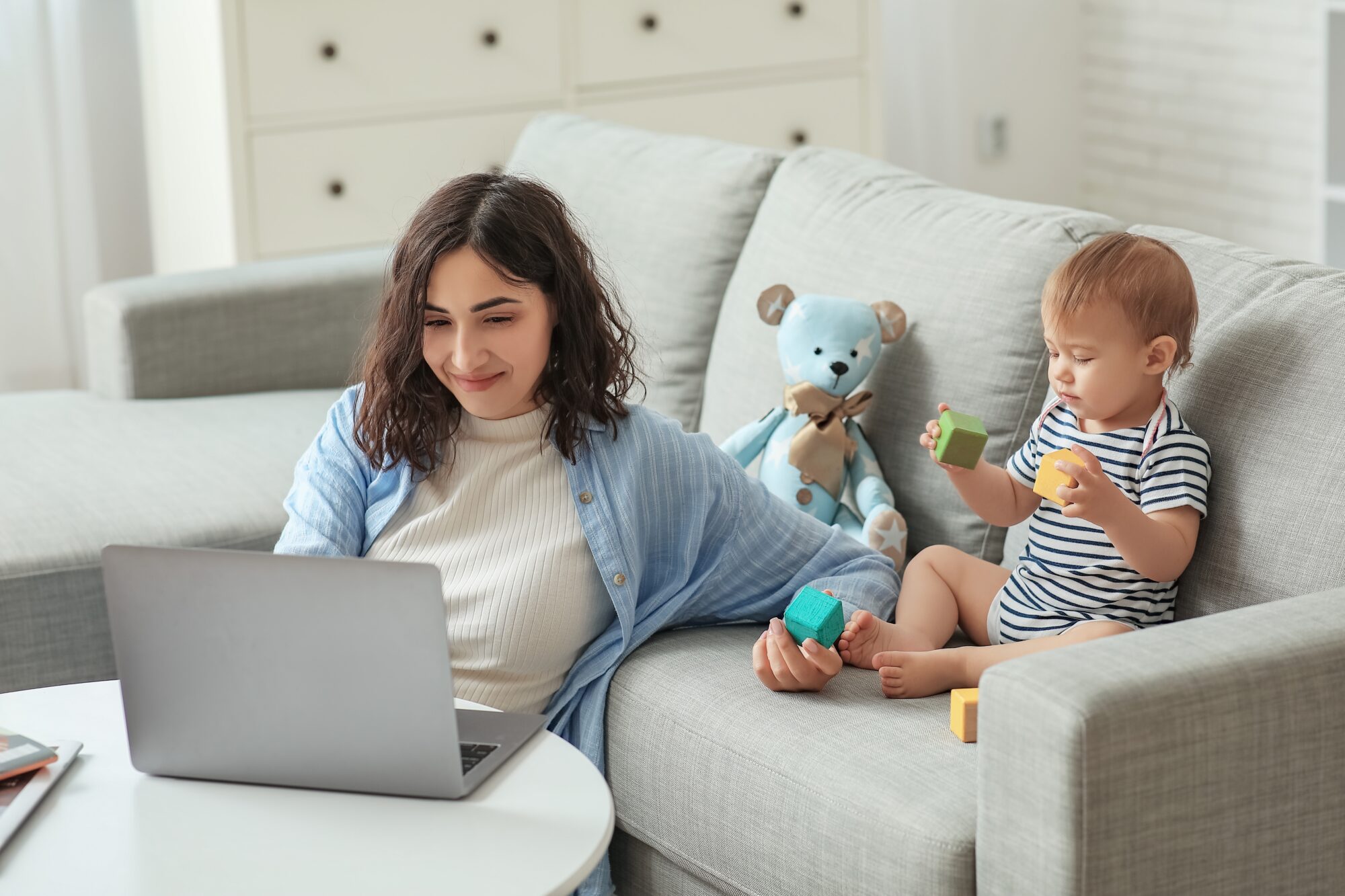Raise a family in TopDutch
Children in the Netherlands are regularly ranked as the happiest in Europe. Our mentality is ‘learn through play’: both inside the classroom - with our low pressure learning system - and outside the classroom - where children can find a playground every few blocks.

Family life
So you’re thinking of a new start in the TopDutch region? But of course the decision to move abroad isn’t just about a great new job. What will your family life be like in the Northern Netherlands? Here’s a quick guide to the region’s family-oriented culture.
Read more
Schooling in TopDutch
Dutch, international or bi-lingual? Religious or Montessori? Academic or vocational? There’s a great school for every child in the TopDutch region. Learn about how to choose the right school for your family with our guide to schooling in the Northern Netherlands.
Read more
Activities for children
Its playtime! In the TopDutch region, there’s plenty of fun for all the family. Not just exciting sports, zoos and adventure parks for the kids, but a close expat network for the grown-ups too.
Read more
Childcare
As an expat in the TopDutch region, its important to be sure you have the right support for your kids outside of school too. We’ve put together an overview of the types of childcare available in the Northern Netherlands so you can decide what’s best for you and your children.
Read more
Child benefit and leave schemes
In the TopDutch region, parents are supported to raise healthy children from birth. New parents can make the most of the first days with generous leave schemes, and can access financial support with child benefits until they’re eighteen.
Read more
